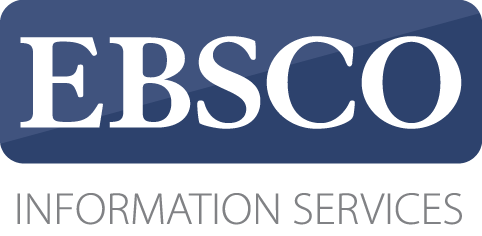Submission Preparation Checklist
As part of the submission process, authors are required to check off their submission's compliance with all of the following items, and submissions may be returned to authors that do not adhere to these guidelines.- This manuscript has not been previously published, and now is not under consideration elsewhere.
- Two files will be sent in Microsoft Word (.doc or .docx) or OpenOffice document format: article text (anonymous) and cover page (title, information about authors, abstract, keywords).
- The text meets the stylistic and bibliographic requirements described in the Authors' Guidelines (https://ojs.hse.ru/index.php/vo/manuscript)
- The submission is plagiarism / self-plagiarism free.
Privacy Statement
Privacy Statement: The names and email addresses entered when subscribing will be used exclusively for the purposes indicated by this journal and will not be used for any other purposes or provided to other persons and organizations.








